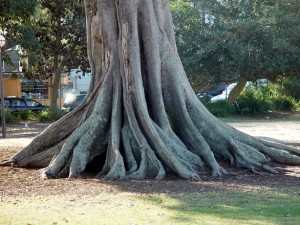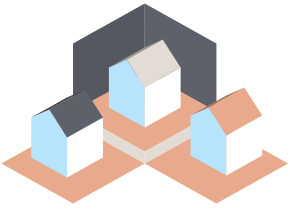
Theres no doubting that mature trees add beauty and shade to landscapes, but their roots can cause extensive damage to sewer pipes. It’s only natural that roots from trees and shrubs grow toward sewer lines. The reason? – Quite simply, they like it there: the pipes are a bountiful source of the water, nutrients, and oxygen that roots crave. And if and when a root finds a leak, it will quickly grow into the pipe and inhibit the flow of waste, causing blockages, broken pipes and other serious headaches for homeowners.
Leeds based experienced contractors told us that “Tree roots growing inside pipes are one of the most expensive maintenance items experienced by homeowners and although the roots may originate on private property, they can damage the main utilities in the community.”
By law, each homeowner is responsible for maintaining their sewer laterals (the pipe that connects the sewer pipes in your house to the main sewer pipe, which is usually in the street). Because the pipes are buried and out of sight, homeowners usually don’t have any idea of the potential problems in their laterals until it’s too late.
You can take some preventative measures to avoid costly repair bills by thinking about the planting on your property, especially new planting.
1 – Dial before you dig!
It’s always a good idea to know where cables, lines, and pipes are buried before doing any landscaping or planting. Homeowners can call their local public works department to find the location of underground utilities.
2 – Create a Barrier Between Trees and Sewer Lines
There are various products available to create a barrier and discourage root growth into sewer lines. Slow-release chemicals, such as copper sulphate and potassium hydroxide, are commonly used in residential settings to inhibit root growth. Physical barriers are also available.
3 – Plant “Sewer-Safe” Trees and Shrubs
The best way to avoid problems from your planting is to think about your planting. Make sure you know how large trees and shrubs will be once they are mature and how far the rootball will extend. Ideally trees should be located more than 10 feet from sewer lines to minimize root intrusion and you should choose small, slow-growing species with less aggressive root systems, and replace them before they get too large for their planting area.
